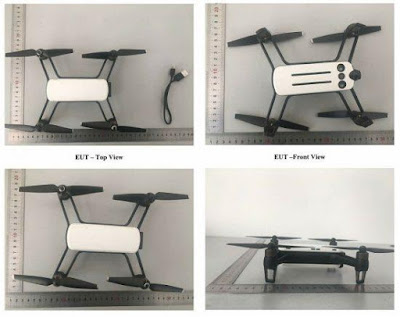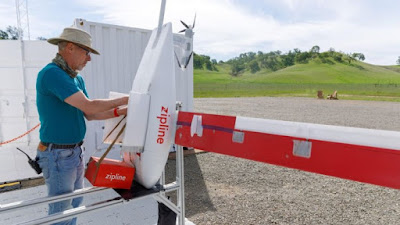On April 4th, in the field of drones, the most famous is DJI. Although many brands such as GoPro and Xiaomi have launched drone products one after another, they still cannot shake up the status of DJI. Recently, YI Pixie, the first unmanned drone product of Xiaomi's ecological chain enterprise Xiaoyi, was exposed on the Internet. From the appearance point of view, YI Pixie is not a professional-grade drone, but an entry-level consumer product.
Appearance
The appearance of YI Pixie is similar to that of DJI's drone Spark, which is small and exquisite. The overall size is about 25cm*18cm and the weight is about 300g. Appearance uses a black and white design, four wings should be non-foldable design.
Performance
From the performance, according to the exposure information, YI Pixie has a 15 megapixels 4K camera that supports 4K resolution video capture. Support three axis shake system, time-lapse photography mode, continuous shooting mode and other functions. YI Pixie uses a brushless motor + replaceable propeller configuration, replaceable battery, support 5Ghz and 2.4Ghz Wifi picture transfer to mobile phone, built-in GPS, can be operated through the APP. Other features include supporting face tracking, flight missions, one-click take-off and landing, and more.
In terms of configuration, YI Pixie can be said that it is advanced enough, from the appearance point of view is also very simple just like the dji spark, it seems that small Xiaoyis are aware of the needs of entry-level users. At present, the Xiaoyi's products include panoramic cameras, micro-single, sports cameras, driving recorders, etc., which are highly cost-effective.
It is well-known that the quality of Xiaomi Technology's products has always been trustworthy. If there is no accident,'s price will also bring surprises for everyone. YI Pixie overall performance is fairly good, we predict that the price of YI Pixie will be relatively cheaper compared to other brands, in line with the needs of entry-level drone users.


